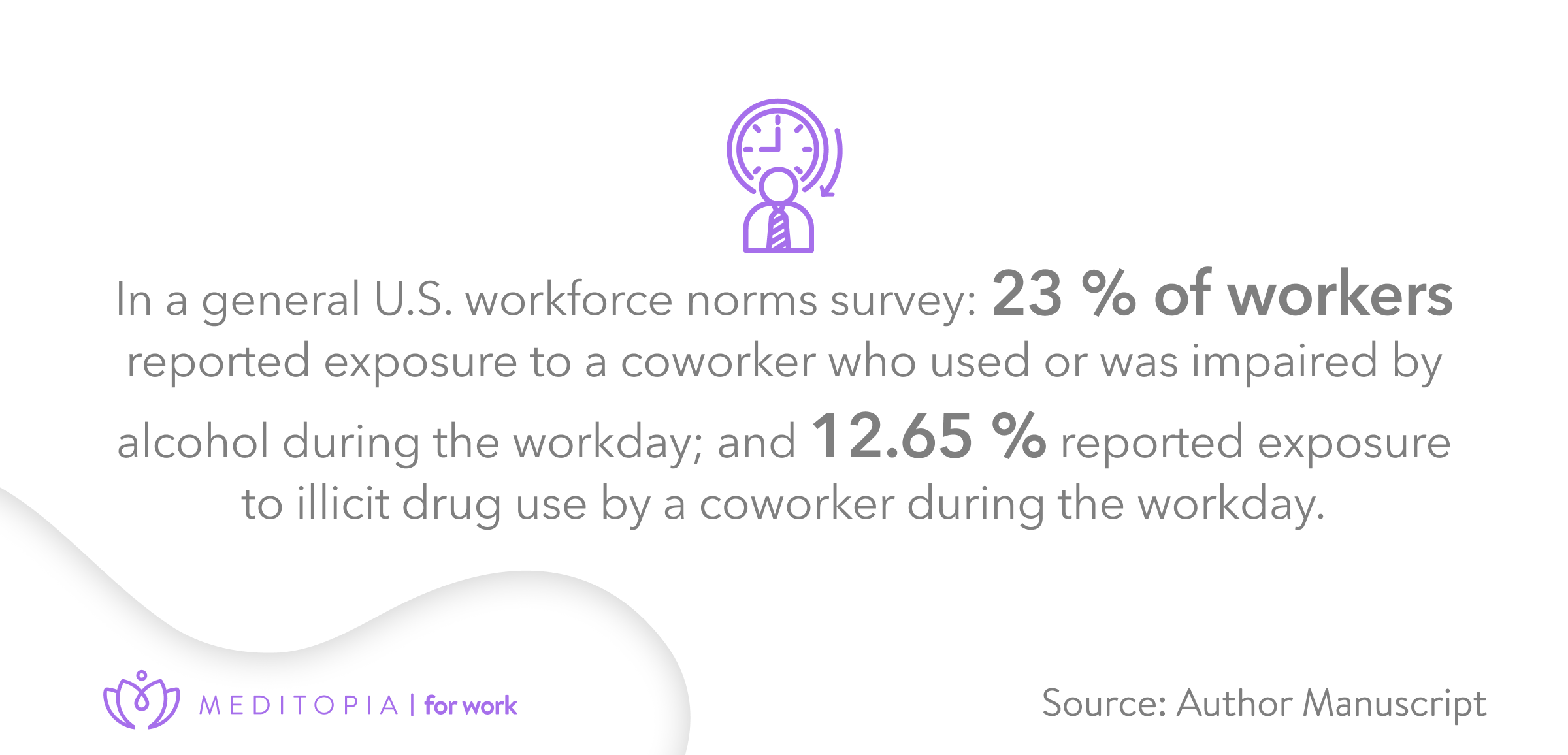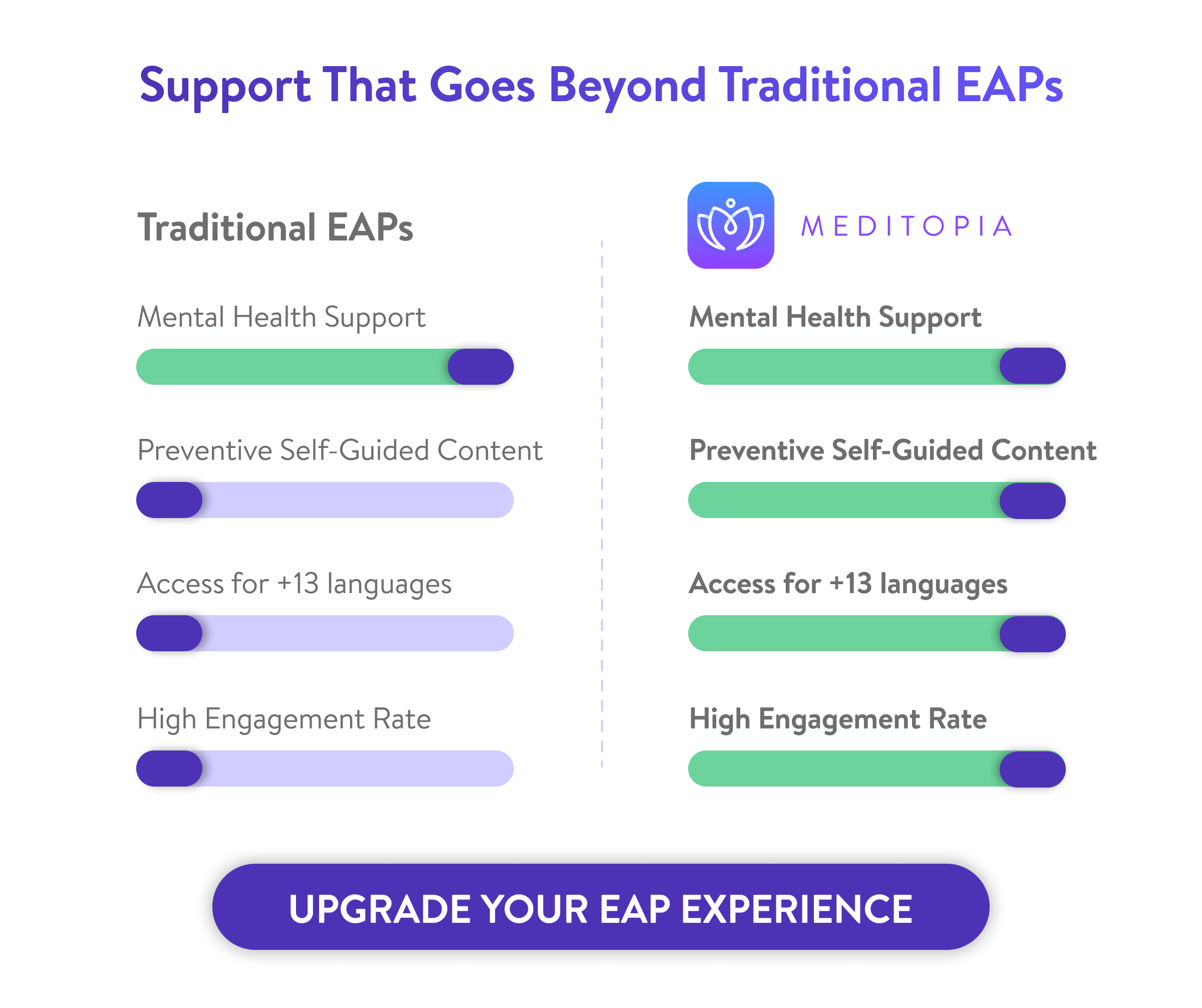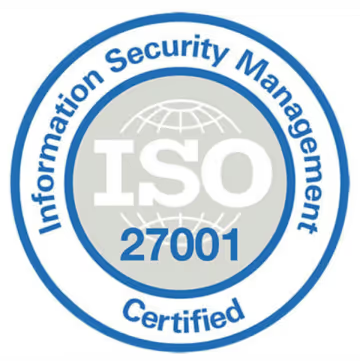Did you know that, in the U.S, there were 525 workplace fatalities in 2022 caused by unintentional overdoses due to nonmedical use of drugs or alcohol? [1]. This alarming trend underscores how substance use and addiction issues are not just personal challenges, they pose real risk to safety, productivity, and organizational reputation. Let's discover why employing an EAP for substance abuse it’s strategic to manage, prevent, and reduce employee substance abuse.
Why Workplace Substance Abuse Needs EAP Support
Before investing in programs, it’s crucial to understand the scale and impact of substance misuse in workplaces and why employee assistance programs are a compelling response.
- United Kingdom (UK): 290,635 adults were in contact with drug and alcohol treatment services in 2022–23, up slightly from the prior year, reflecting sustained demand for support pathways employers can leverage via EAP referral [2].
- UK guidance stresses employers’ legal duty to protect health, safety and welfare and to manage drug/alcohol risks with policy, training and support, not screening alone.
- Scotland: Alcohol sales equated to 9.0 litres of pure alcohol per adult in 2024 (≈ 17.3 units/week per adult), well above low-risk guidelines; this drives avoidable harm and productivity loss [3].
- Estimated productivity loss due to alcohol misuse: £866 million/year in Scotland, underscoring the ROI potential of structured workplace substance use support via EAP.
- United Arab Emirates / Dubai (UAE): Population-level use is comparatively low, but NRC cohort research shows meaningful treatment demand and relapse risk across alcohol and opioids.
- This is relevant for multinationals operating in Dubai that need confidential, culturally sensitive addiction support channels like employee counseling for addiction [4].
- Romania (EU): National report data indicate ~10.7% of adults (15–64) have tried an illicit drug lifetime, and ~6% used in the last year, use concentrates among young adults, which can flow into the workplace without prevention and substance abuse intervention routes [5].
- The European Drug Report 2024 also shows persistent EU-wide last-year cannabis use around 8% of adults—useful for benchmarking corporate risk planning across EU subsidiaries, including Romania [6].
- Canada: Canadian Substance Use Survey (CSUS) highlights impairment at work (including opioids) as an ongoing OHS priority, supporting the case for employer-funded EAP referral and supervisor education [7].
- 26% of Canadians (16+) reported non-medical cannabis use in 2024, making policies, manager training, and employee counseling for addiction via EAP highly salient in hybrid work contexts [8].
In essence, and given the data, EAPs offer one of the few structured, confidential channels to address addiction support in the workplace setting. They help organizations respond proactively rather than reactively.
Moreover, the financial burden is steep. Employers lose billions annually from substance misuse through absenteeism, turnover, safety incidents, and lost productivity [9].

How EAPs Help Employees with Substance Use
Here are key ways employee assistance program substance abuse offerings intervene:
- Confidential counseling and assessment: These programs provide safe spaces for individuals to discuss substance use issues, without fear of punitive consequences.
- Referrals to specialized treatment. When deeper care is needed (inpatient, outpatient, detox, etc.), EAPs guide employees to accredited addiction support services or rehabilitation centers.
- Follow-up and aftercare coordination: Support doesn’t end at referral; effective EAPs like Meditopia for Work help employees maintain recovery through check-ins, relapse prevention strategies, and reintegration.
- Support groups or peer support: Some EAPs integrate peer-led or group therapy options, giving employees access to others facing similar challenges.
- Education and preventive intervention: Beyond direct treatment, these programs often include preventive support—training, informational workshops, screening tools, and early intervention measures.
- Non-punitive, voluntary model: A crucial value of EAPs is that they operate on voluntary participation and confidentiality, reducing stigma and increasing uptake.
Because substance use and EAP should be linked in a way that feels safe and supportive, the program’s design, emphasizing confidentiality, trust, and optional escalation, matters deeply.
Common Features of Substance Abuse EAP Programs
Not all EAPs are built the same. Below is what a robust employee assistance program for substance abuse should include, and how each feature reduces risk while boosting access and outcomes.
- 1:1 counseling sessions (assessment → brief treatment → referral)
- Confidential intake (often same- or next-day) to triage severity, co-occurring issues, and work-safety risks.
- Brief, evidence-based modalities (e.g., MI/CBT) for early-stage cases; warm handoffs to specialty care for moderate/severe cases.
- This is the backbone of employee counseling for addiction, ensuring people get timely help before problems escalate on the job, core workplace substance use support.
- Confidential intake (often same- or next-day) to triage severity, co-occurring issues, and work-safety risks.

- Group therapy or support circles (peer accountability + stigma reduction)
- Peer groups (onsite or virtual) normalize help-seeking, improve adherence, and build relapse-prevention skills.
- Especially valuable for distributed teams via virtual EAP for addiction, where time zones and privacy concerns are barriers.
- Digital / virtual support programs (24/7 access + continuity of care)
- App/web modules for cravings management, psychoeducation, and relapse-prevention plans; secure chat and video for follow-ups.
- Analytics surface at-risk cohorts (privacy-preserving), enabling earlier substance abuse intervention.
- Education and prevention workshops (culture + policy literacy)
- Manager and employee training on signs, safe referral, non-punitive policy, and crisis protocols.
- Campaigns tie substance risks to mental health support for substance use, sleep, and stress, shifting from punishment to prevention.
- Care navigation & referrals (closed-loop coordination)
- Verified networks for outpatient, inpatient, detox, MAT/OAT where applicable; culturally and linguistically aligned options for global teams.
- “Closed-loop” means the EAP checks that an employee reached care and has a plan, true addiction support, not just a phone number.
- Aftercare & relapse prevention (keep people well at work)
- Scheduled check-ins, lapse plans, triggers tracking, and family education; integration with accommodations and phased return-to-work.
- Digitally-delivered aftercare maintains momentum post-treatment, a key differentiator of modern digital EAP models.
- Crisis lines & critical incident protocols (safety first)
- Meditopia offers a 24/7 crisis response for acute intoxication/withdrawal, suicidal ideation, or workplace safety concerns..
- Reduces liability and ensures rapid stabilization while preserving confidentiality boundaries
Digital EAP Solutions vs. Traditional Programs for Substance Abuse
Traditional EAPs and modern digital substance abuse programs (also known as virtual EAP for addiction) each have pros and trade-offs. For HR leaders, the question is: which model delivers better reach, cost-efficiency, and impact? Here are some ideas:
How to Implement an EAP for Substance Abuse
This type of support requires strategic planning, stakeholder alignment, and continuous refinement. Below is a suggested roadmap for HR leaders and decision-makers.
- Assess organizational needs and risks
- Conduct anonymous surveys or audits to gauge substance use prevalence, safety risks, and employee awareness.
- Analyze past incidents, absenteeism data, incident reports, and patterns that suggest substance-related disruptions.
- Define goals and KPIs
- Examples: increase utilization by X %, reduce safety incidents, reduce absenteeism, ROI metrics.
- Establish baseline metrics before launch for comparison.
- Select a provider or platform
- Consider whether a digital EAP solution like Meditopia, or hybrid model better suits your workforce.
- Ask providers about their substance abuse module, confidentiality, data analytics, customer support, and integration capabilities with HR systems.
- Integrate with HR and policies
- Update substance use policy to include EAP as first-line, non-punitive option.
- Clarify confidentiality, any mandatory reporting rules (e.g. for safety-sensitive roles), and how EAP complements disciplinary procedures.
- Prepare a communications plan
- Launch awareness campaigns: emails, intranet, posters, “how to use EAP for addiction” one-pagers.
- Educate leaders and managers about recognizing signs, how to refer, and destigmatizing help-seeking.
- Pilot or phased rollout
- Begin with a subset of teams or regions to test adoption and feedback.
- Use pilot data to tweak messaging, onboarding flows, and user experience.
- Train managers and leaders
- Provide training to help them spot signs of substance use, respond empathetically, and refer employees to the EAP.
- Emphasize nonjudgmental approach and confidentiality limits.
- Monitor, evaluate, and adapt
- Use data to optimize program features (e.g. add reminders, refine interface, expand support services).
- Sustain and evolve
- Promote consistently (not just a launch event). Integrate with wellness, mental health, and other employee support initiatives.

























